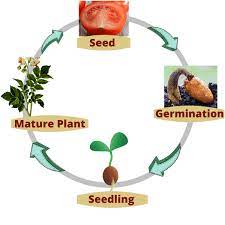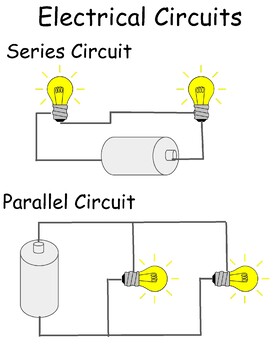Showcasing Science



Nursery
In nursery, children have been exploring growth by observing what happens to plants over a period of time. Children discussed what plants might need to grow before planting their own seeds in soil and making regular observations. As their plants grew children discussed the different parts, thinking carefully about the specific jobs they might do.
Photos – Photo of children planting a seed/photo of children observing plant as it grows./ photo of children in discussion with class teacher.
Reception
Reception, children have been learning about arctic animals and the process of freezing. Children explored the artic through the children’s book lost and found before going on to discuss special features/adaptations of arctic animals such as penguins and polar bears To develop the understanding further, children went on to discuss how these features/adaptations help them to survive in freezing conditions.
Photos – Photo of children reading or being read to (lost and found)/ Photo of learning about arctic animals/ photo of children producing art relating to arctic.
Year 1
Whilst learning about plants, children have been studying a variety of common wild and garden plants including evergreen and deciduous trees. Children have developed skills in identifying and classifying in the classroom and the outdoor learning environment/woodland.
Photos – Photo of children in woodland identifying/observing different types of trees/ Photo of children identifying and classifying plants./Photo of children sketching plant/tree and labelling.
Year 2
Pupils in year 2 have been learning about habitats, researching how animals are suited/adapted to a specific habitat. The children in Year 2 have used ICT to research the Red Fox and identify how it’s adaptations help it to thrive in its environment.
Photos – Photo of children researching the Red Fox in ICT/ Photo of Children labelling diagram of a Red Fox together as a class/ Photo of children writing about key adaptations in science books.
Year 3
In year 3, children have been learning how different forces such as friction impact on our everyday lives. In order to develop a deeper understanding, children have conducted a Fair Test to determine how different surfaces effect a car moving down a ramp. Children took time to record their results and write a conclusion.
Photos – Children testing the car down the ramp/ children recording results/children writing a conclusion.
Year 4
Our year 4 children have been studying electricity; learning how to construct a simple circuit whilst identifying and classifying a variety of different materials as conductors and insulators. This culminated in a school visit to Magna Science museum where children took part in an electricity themed work shop.
Photos – Photo of children making simple circuits/photo of children completing work on conductors and insulators/ Photo of children in museum workshop.
Year 5
Children have been learning about the properties of everyday materials and have linked this to their topic of Ancient Greece; researching how different metals were used and what purposes specific metals were suited to. In their learning about materials, children went on to look at changes of state; conducting a fair test to see what happens to certain substances in water.
Photos – Photo of children researching use of metals in Ancient Greece in ICT suite/books/ Photo of children’s work detailing use of metal in ancient Greece/ Photo of children conducting fair test during changes of state investigation.
Year 6
Children in year 6 have built on their prior learning of circuits; using their accumulated knowledge to plan and design a dimmer switch for a circuit. Children applied their knowledge of fair testing by changing one component at a time and observing the impact this had on the circuit. Children then used their scientific knowledge and vocabulary to describe how the circuit works and why they made specific choices.
Photos – Photo of children methodically changing one component at a time/ photo of children operating the dimmer switch/ photo of children writing up their description of how the circuit works.

























